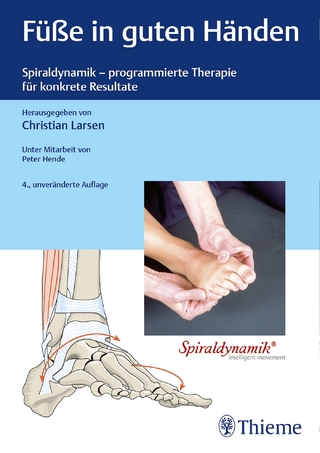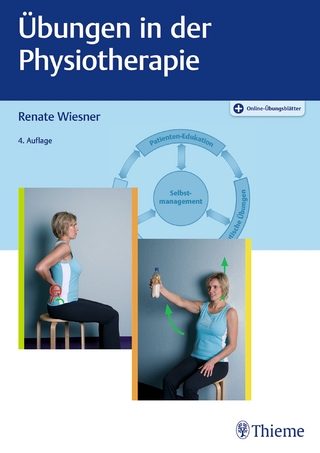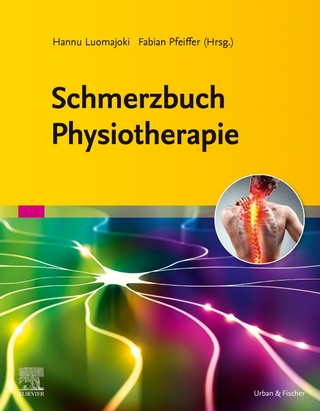
The Impact of Artificial Intelligence in Radiology
CRC Press (Verlag)
978-0-367-55815-4 (ISBN)
- Noch nicht erschienen (ca. Oktober 2024)
- Versandkostenfrei innerhalb Deutschlands
- Auch auf Rechnung
- Verfügbarkeit in der Filiale vor Ort prüfen
- Artikel merken
Implementation of artificial intelligence (AI) in Radiology is an important topic of discussion. Advances in AI—which encompass machine learning, artificial neural networks, and deep learning—are increasingly being applied to diagnostic imaging. While some posit radiologists are irreplaceable, certain AI proponents have proposed to “stop training radiologists now.” By compiling perspectives from experts from various backgrounds, this book explores the current state of AI efforts in Radiology along with the clinical, financial, technological, and societal perspectives on the role and expected impact of AI in Radiology.
Adam E. M. Eltorai, MD, PhD Dr Eltorai completed his graduate studies in Biomedical Engineering and Biotechnology along with his medical degree from Brown University, followed by Radiology residency at Brigham and Women's Hospital/Harvard Medical School. He is interested in the development and clinical implementation of AI applications. Dr. Eltorai has published over 130 scientific journal articles and over 25 books. Ian Pan, MD Dr Pan is currently a diagnostic radiology resident and former chief resident in the Brigham and Women’s Hospital/Harvard Medical School Diagnostic Radiology Residency Program. He graduated from the Program in Liberal Medical Education at Brown University where he received concurrent bachelor’s and master’s degrees in applied mathematics-Biology and Biostatistics in 2016, as well as his MD from the Warren Alpert Medical School in 2020. His expertise lies at the intersection of artificial intelligence and medical imaging, having won multiple international competitions sponsored by organizations such as the Radiological Society of North America and published over 30 peer-reviewed manuscripts in this domain. H. Henry Guo, MD, PhD Dr Guo is a clinical professor in the Department of Radiology at the Stanford University School of Medicine. He received his MD and PhD in the department of Pathology at the University of Washington, followed by Radiology residency and fellowships in Nuclear Medicine and Thoracic Imaging at Stanford. Since joining the Stanford faculty in 2012, Dr. Guo focuses on cancer and lung diseases in his clinical practice and research, co-authoring over 70 research articles, book chapters, and web-based educational resources, and is a recognized expert in interpretation of thoracic CTs and PET-CTs. Dr. Guo is translating the use of quantitative CT and AI-enabled tools to clinical practice and collaborates with other faculty members as a part of the Center for Artificial Intelligence in Medicine & Imaging (AIMI) at Stanford on applications of AI to topics including interstitial lung diseases, early cancer detection, and pulmonary hypertension.
Part 1: Technology in Medicine - Disruptive Innovation. 1. Technological view. 2. Clinical view. 3. Societal view. 4. Financial view. Part 2: Radiology’s Role in Medicine. 5. Technological View. 6. Clinical View. 7. Societal View. 8. Financial View. Part 3: What is AI? 9. Technological View. 10. Clinical View. 11. Societal View. 12. Financial View. Part 4: Current State of AI in Radiology. 13. Technological View. 14. Clinical View. 15. Societal View. 16. Financial View. Part 5: AI Applications in Development. 17. Technological View. 18. Clinical View. 19. Societal View. 20. Financial View. Part 6: Potential of AI. 21. Technological View. 22. Clinical View. 23. Societal View. 24. Financial View. Part 7: Expectations - Radiologists’ Jobs, Job Satisfaction, Salary, Role in Society. 25. Technological View. 26. Clinical View. 27. Societal View. 28. Financial View. Part 8: Attitudes - Implementation Feasibility. 29. Technological View. 30. Clinical View. 31. Societal View. 32. Financial View. Part 9: Technology Determinism. 33. Technological View. 34. Clinical View. 35. Societal View. 36. Financial View.
| Erscheint lt. Verlag | 30.10.2024 |
|---|---|
| Reihe/Serie | AI in Clinical Practice |
| Zusatzinfo | 14 Line drawings, color; 2 Halftones, color; 16 Illustrations, color |
| Verlagsort | London |
| Sprache | englisch |
| Maße | 178 x 254 mm |
| Gewicht | 453 g |
| Themenwelt | Medizin / Pharmazie ► Allgemeines / Lexika |
| Medizin / Pharmazie ► Physiotherapie / Ergotherapie ► Orthopädie | |
| Technik ► Medizintechnik | |
| Technik ► Umwelttechnik / Biotechnologie | |
| ISBN-10 | 0-367-55815-7 / 0367558157 |
| ISBN-13 | 978-0-367-55815-4 / 9780367558154 |
| Zustand | Neuware |
| Haben Sie eine Frage zum Produkt? |
aus dem Bereich


